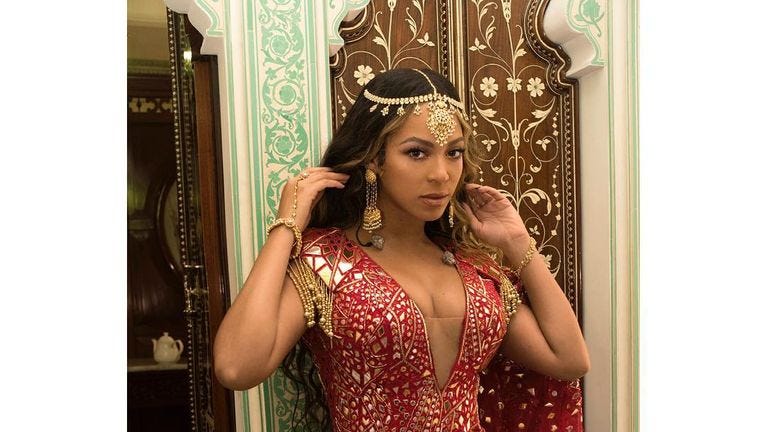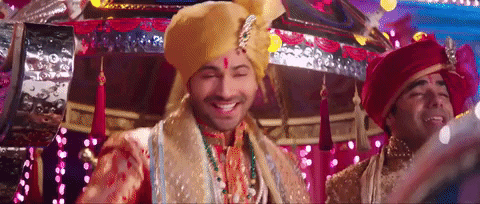
For the past 30 years or so, my dad worked with Indians in Antwerp. 🇧🇪 So a bit of personal thought on Indian wedding. I lived some and that’s unique:
A bride walks in under a canopy of flowers to a song that’s most likely from the couple’s favorite Bollywood film. She goes slowly, partly because she’s nervous, partly because elderly relatives are nudging her to display some coyness, and mostly because an enthusiastic photographer is telling her to “look here.”
She reaches the stage, one that could put music concerts to shame. Her groom extends his hand to help her up. It’s a moment that lasts a little over a minute so drone cameras and videographers can get it in slow motion, from every possible angle.
This scenario is par for the course for anyone who’s been to a wedding in India. For others, it’s a scene out of a big-budget cinematic venture.
Indian weddings are as varied as the religions, castes, communities, and tribes that host them. Some are big, some are small, some communities pride themselves on sparse weddings, while others think that’s sacrilege. In any case, the big fat Indian wedding has withstood the test of time, economic turbulence, social reform, and even modern technology.
Don your glitziest sari and load up Instagram. It’s India’s wedding season and literally everyone’s invited.


India is home to Muslims, Christians, Sikhs, Jains, Buddhists, Parsis, and Hindus, and each contains multitudes of different traditions. But to understand the mainstream conception of Indian weddings, we’re talking about Hindu, upper-caste, largely north Indian weddings.